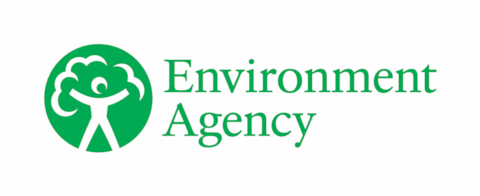Thames water situation: July 2025 summary
Updated 12 August 2025
Applies to England
1. Summary
Thames area received 46mm of rainfall in July, which was 84% of the long term average (LTA). The majority of the areal units received normal rainfall, however the previous 6 months has been the fifth driest period for Thames area since 1871. Soil moisture deficits (SMD) continued to increase across the area and ended the month at 146mm. Monthly mean river flows decreased at all key indicator sites, with the majority of sites recording flows that were below normal or lower. Groundwater levels decreased at all of our indicator sites in July and ranged from exceptionally low (Inferior Oolite) to notably high (Lower Greensand). The Farmoor and Lower Thames reservoirs ended the month below the LTA.
2. Rainfall
Thames area received 46mm of rainfall in July, which was 84% of the LTA. The majority of the areal units received normal rainfall, except for the Cotswolds West and Upper Thames, which received below normal rainfall for the time of the year. The rainfall over the last 6 months, since February, was exceptionally low in all but one unit, and was the fifth driest period on record for Thames area since 1871. Rainfall over the last 3 months was notably low across most of Thames area.
3. Soil moisture deficit and recharge
SMD continued to increase across Thames area despite the normal rainfall, rising from 124mm in June to 146mm by the end of July. This was significantly higher than the LTA of 86mm for the time of year, indicating that soils are considerably drier than usual. The SMD for July was the second highest since 1961, second only to 1976.
4. River flows
Monthly mean flows decreased at all key indicator sites compared to last month, despite the normal rainfall received. This is largely due to declining groundwater levels and high SMDs across the area. The majority of sites were below normal or lower in July. One-third of the key indicator sites recorded notably low flows; and two sites (the River Coln at Bibury and River Thames at Windsor) recorded exceptionally low flows for the time of the year. In contrast to this, flows at Weybridge and Tilford on the River Wey remained normal; along with Abingdon on the River Ock, Banbury on the River Cherwell and Bourne End (Hedsor) on the River Wye.
5. Groundwater levels
Groundwater levels decreased at all of our indicator sites in July and ranged from exceptionally low (Jackaments Bottom, Inferior Oolite) to notably high (Frith Cottage and Flashes, Lower Greensand). The groundwater level at Ampney Crucis (Great Oolite) dropped to notably low from below normal, whilst the groundwater level at our other Great Oolite site, Fringford was in the normal band. Overall, groundwater levels in the chalk continued to decline but remained normal or below normal, with the exception of Stonor Estate which was above normal. Levels of the slower responding Lower Greensands remained notably high for the time of year.
6. Reservoir stocks
Reservoir stocks in Farmoor reservoir decreased from 94.7% to 89.6% during July. Stocks in the Lower Thames reservoirs ended the month at 79.1%, compared to 90.1% at the end of June. The Farmoor reservoirs and Lower Thames reservoirs remained below the LTA for the time of the year.
7. Environmental impact
At the end of the month, 36 abstraction licences were being constrained in the area to protect water resources and the environment. There was 1 flood alerts in force by the end of July.
Author: Thames Area Groundwater Resources and Hydrology, enquiriesWT@environment-agency.gov.uk
Contact details: 030708 506 506
All data are provisional and may be subject to revision. The views expressed in this document are not necessarily those of the Environment Agency. Its officers, servants or agents accept no liability for any loss or damage arising from the interpretation or use of the information, or reliance upon views contained in this report.

